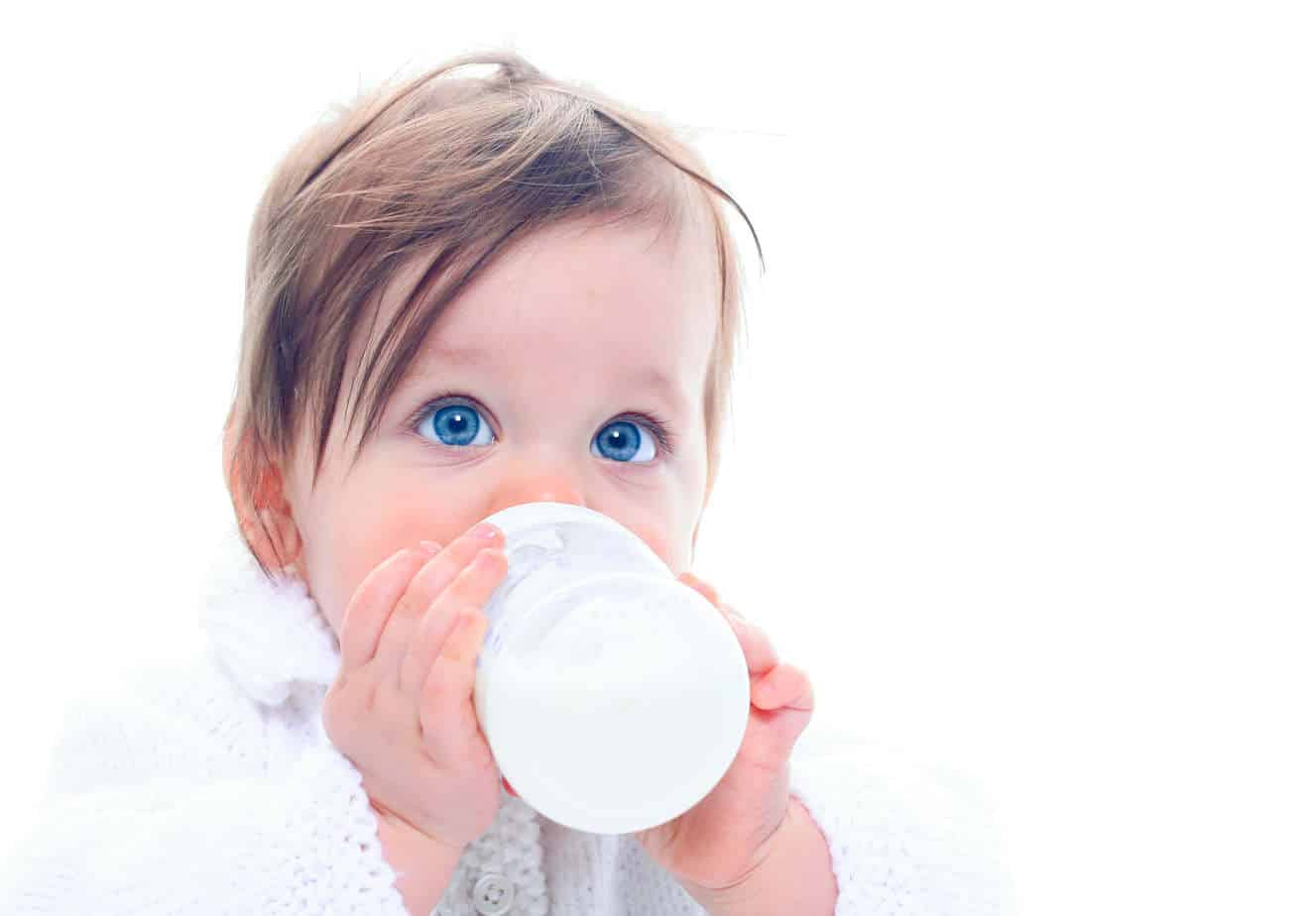Your Guide to Milk for Babies & Toddlers

How much milk for a baby?
No two babies are the same, and neither is their breast milk or formula intake. Your baby will give you clear cues on when they’re hungry and full – just pay attention and find the routine that works for you and your child. Signs that your baby is drinking enough milk include:
- Having 6-8 feeds and wet nappies each day
- Looking content and alert
- Adequate growth and weight gain
- Having soft stools
- Settling after a feed
- Healthy skin tone
If you are concerned that your baby is not getting enough milk, speak to your healthcare provider.
Milk when introducing solids to babies
Breast milk or formula should continue to remain the main source of nutrition until 12 months of age. Infants obtain the majority of their energy from breast milk or infant formula because the energy contribution of complementary foods is initially small.
Solid foods are sometimes referred to as complementary foods’ because they should complement, rather than substitute milk feeds when starting solids. Breast milk and formula contain nutrients that help support the growth and development of your baby.
HOW MUCH MILK TO GIVE WHEN WEANING
If your child has been breastfed, then expect them to still need a minimum of three or more feeds a day. If they have been bottle feeding, then around 600-800mls a day is average.
WHICH TYPES OF MILK ARE SUITABLE WHEN WEANING?
Breast milk or infant formula still needs to be your baby’s main source of nutrition. They need to drink at least 600ml of breast milk or formula a day until they turn one year of age. Avoid offering cow’s milk as a drink until they are at least 12 months old.
If formula feeding, changing to a follow-on formula after 6 months will help to meet their body’s changing needs.
Milk is still an important part of a child’s diet. If you are breastfeeding your toddler, don’t feel you need to wean them off breast milk. There are significant health benefits for both mothers and toddlers in continuing to breastfeed. If you feel your toddler’s demands for breast milk are compromising their solid food intake, speak with your child health nurse.
After the first year of your little one’s life, milk continues to play an important role in their diet.
The benefits of milk for toddlers
- Milk is a good source of protein.
- Milk is high in calcium, which plays an important role for growing teeth and bones.
- Full fat milk gives energy for growth.
- Milk provides vitamins such as vitamin A and B.
How does milk fit into my toddler’s diet?
- When giving your toddler cow’s milk, make sure you choose full cream milk, and not reduced fat milk. The fat in milk is important to help meet their needs for growth. Reduced fat varieties can be offered after the age of 2 years.
- Milk falls under the dairy food group, which also includes foods such as yoghurt and cheese. To find out more about toddler food groups click here.
- Your toddler shouldn’t consume more than 500 mL of cow’s milk per day as this can affect their intake of other foods and it also has a low iron content. For more information on iron click here.
- Full-fat, fortified soy, rice and oat milks can be included in your little one’s diet after 12 months under the supervision of your healthcare professional.
- Supplementary milk drinks are suitable to include as part of a toddler’s daily food intake as a nutritious supplement, when intakes of energy and nutrients may not be adequate.
AF05616


